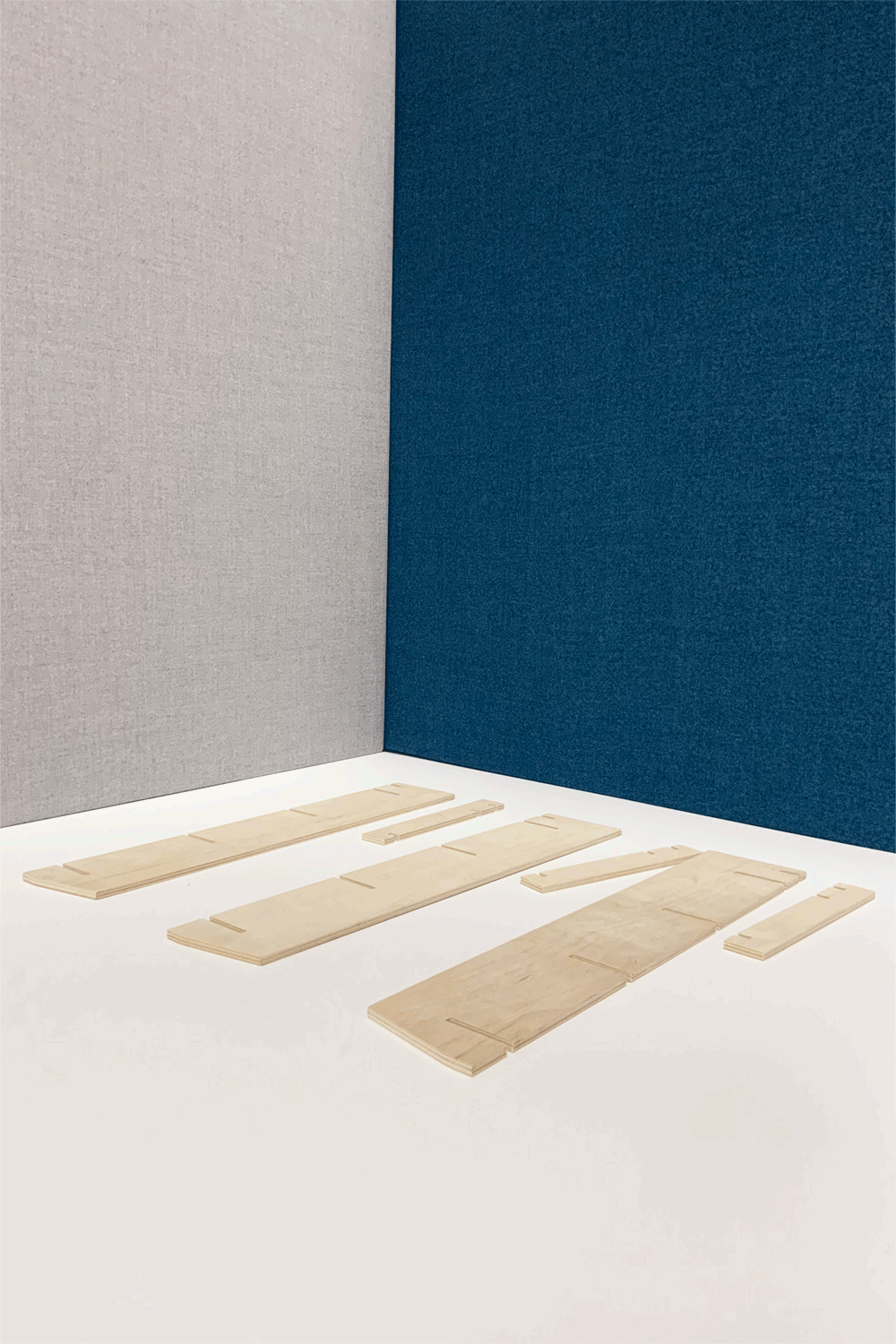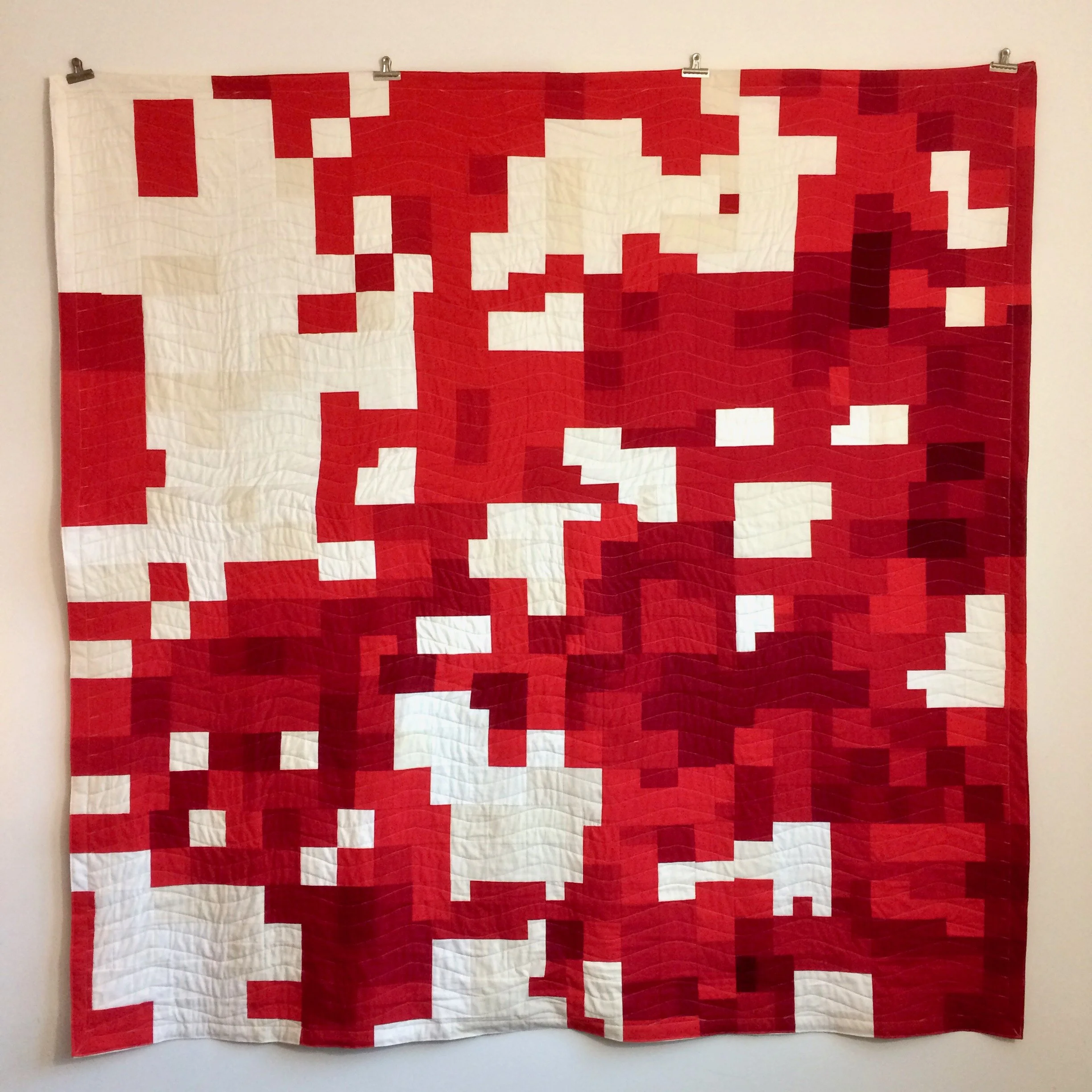Joshua Reiman
Joshua Reiman (United States, born 1972), Dirty Dishes, 2020 , Gathered historical items, steel, plywood, and plexiglass, 66 1/4 x 60 1/2 x 12 1/2inches, Courtesy of the artist
Joshua Reiman works in sculpture, film, video, and photography, dealing with themes of exploration, artistic expression, identity, nature, and contextual inquiry.
His sculptural work has ranged from kinetics to cast iron and installation, always using humor to start serious conversations.
This sculpture, Dirty Dishes, consists of various dishes, clay bowls, engraved plates, and china, dating from 1500 B.C. through the 20th century. Each one has different embellishments, contexts, and histories. Reiman poetically assembles these dishes alongside a dish rack, sponge, and dish washing soap to question the origins of existence and difficult histories.
Reiman first began collecting dishes in 2008 with the purchase of the oldest plate—an Ancient Near Eastern terracotta dish dated around 1500 B.C.—which he sourced from an English antiquities dealer. However, it was not until the end of 2018 that he realized what to do with it. Since then, his dish collection has grown. In 2020, he made many significant acquisitions. His most recent purchase was the Trump Mar-a-Lago crystal tumbler, a fitting piece as it speaks volumes to the inconsistencies and meanings behind an object. This tumbler is a Slovenian-crystal, old-fashioned glass designed by Melania Trump, who is from Slovenia, for their Palm Beach estate during a time of extreme U.S. white nationalism. According to the artist, “the dirty dishes of our past will never be cleaned away.”
Reiman also believes food is political and that the dishes that we eat on can survive longer than generations of human life. The dishes in this work represent thousands of years of oppression, including the Trump Mar-a-Lago crystal glass. Even Joy soap has been discontinued; it is vintage and out of date. Reiman noted that “The lemon-fresh scent can’t clean away generations of trauma; however, the possibility of cleansing is always present.”
Watch the February 26, 2021 “Intersections” conversation with Josh Reiman and Evelyn Wong
Click items to learn more
+ Dish, around 1500 B.C.
Terracotta
Possibly ancient Near Eastern, the home of early civilizations within a region roughly corresponding to the modern Middle East
By 1500 B.C., invaders divided the ancient lands of Mesopotamia between them. The Kassites ruled Babylonia in the south, while Assyria was now part of the extensive (but short-lived) kingdom of the Mitanni. The powerful and warlike kingdom of Elam lied to the east. Despite the recent origins of these powerful states, this period represents the high point of Bronze Age civilization in Mesopotamia.
+ Pemiscot Bowl (Chickasaw), pre-1600
Shell tempered clay
Found in Pemiscot county, Missouri
Pemiscot County lies deep in Missouri's bootheel on the Mississippi River. The word “Pemiscot” comes from a Native American word meaning “liquid mud.” The Chickasaw people inhabited the land before European (Spanish) settlers came in 1540; they were part of the civilization that built huge earth mounds throughout the Mississippi Valley.
+ President Reagan Era Whitehouse Service, Dessert bowl, 1983
Fine china
Designed by Robert C. Floyd and Fitz & Floyd
In December of 1983, The New York Times announced, “The White House has accepted a gift of 215 place settings of gold-rimmed china, worth at least $23,650, for use in an aides dining room, on Air Force One and at Camp David.” This unofficial china was also used when President Reagan and Vice President George Bush met for their private weekly luncheons. Robert Floyd, President of Fitz and Floyd, a leader in the design and manufacture of hand-painted ceramic giftware, dinnerware, tableware, decorative accessories and collectibles, offered to donate the china service when he learned the White House was in-need of everyday dishes.
+ Two Tined Fork, Revolutionary War Era
Wood and tin metal alloy
Fork dates from the mid eighteenth century and were very common during the time of the American Revolution. Until the late 18th century, forks were still uncommon in the colonies and deemed a curiosity. Since blunt knives made it difficult to spear food, the two-prong fork was used to hold meat while being cut.
+ Fiesta Ware “Radioactive” Red, era 1936-1943
Clay with uranium oxide
Homer Laughlin China Company of Newell, West Virginia
Brilliant red Fiesta (and indeed the red glazes produced by all U.S. potteries of the era) is known for having a detectable amount of uranium oxide in its glaze, which produced the orange-red color. During World War II, the government took control of uranium for development of the atom bomb, and confiscated the company’s stocks. Homer Laughlin discontinued Fiesta red in 1944.
+ Flight test engraved plate, Vietnam War Era
Silver plated steel
The artist acquired this plate from the estate of a retired Navy pilot, who served in the group of pilots called VA-76 running special missions in Vietnam. The numbers indicate the mission numbers and dates, which were used to test missiles and spread agent orange.
+ U.S. Military Plate Korean War, date unknown
Glazed Ceramic
Memorial Hall for Incheon Landing Operation
+ Civil War Era Confederate Soldiers Tin Camp Plate, 1861-1865
Tin metal alloy
Found in Maryland, United States.
+ World War I Bunker Dish, circa 1915
Enameled steel, German origin dish.
Recovered by Latvian spelunker from bunker in Riga, Latvia under Russian regime.
+ Eschenbach Bavaria, 1933
China
Modell Des Amtes – Schonheit Der Arbeit - Modell des Amtes 'Schönheit der Arbeit' (dubbed M.d.A.S.d.A) is a pre-war mark used in Nazi Germany. When translated it means the model approved by the office for pleasant work; the mark was a seal of approval presented by an organization that officiated (imposed) this utilitatian object to increase ergonomics and industrial safety. Firms that produced it could use the MODELL DES AMTES SCHÖNHEIT DER ARBEIT cogged wheel and swastika logo as a seal of approval.
+ Teapot from the late Qing dynasty in China, late 1800’s
cast bronze
The Qing dynasty of the Manchus is seen as a “foreign” dynasty by the Chinese. The well-known “Boxer Rebellion” of 1898-1900 begins as an anti-Qing uprising but is redirected by the Qing Empress Dowager against the Westerners in China. As a symbol of revolution, Chinese men cut off the long braids, or queues, they had been forced to wear as a sign of submission to the authority of the Manchus.
+ World War I Plate Conquer of Die Kitchener & French, 1914
Glazed and decaled ceramic
It carries the slogan "Conquer or Die" and oval sepia portraits of Lord Kitchener and General French. Kitchener was famous for colonial victories in the Sudan and South Africa. Later, he helped build Britain's first mass army and became the face of the First World War when he appeared on the ‘Your Country Needs You’ poster. French's most important role was as Commander-in-Chief (C-in-C) of the British Expeditionary Force (BEF) for the first year and a half of the First World War.
+ Old Fashion Glass, 2010
Crystal
Designed by Rogaska with Melania Trump
Designed for Mara Lago, Donald Trump’s estate in Palm Beach, Florida. Steklarna Rogaska draws its rich knowledge of designing and making crystal ware from almost 350 years of tradition in the area of Pohorje, Slovenia.
+ Gulf War Persian Gulf Command Souvenir Plate, 1990-1991
Copper, military mortar shells
Souvenir from Operation Desert Storm
It depicts a map of Iran and Iraq.
+ Urarina Indian Bowl, date unknown
Clay
Acquired from an archeologist’s collection in 2018. He traded for the bowl from The Urarina people in The Chambria river basin, Rio Chambria, Peru in 2008. The first contact with the Urarina was in 1651 by Jesuit Missionaries. They were almost wiped out by the rubber barons and were less than 300 people at the end of the 19th century. They live isolated in The Chambria basin. The current Urarina population is around 2000. They are semi nomadic and survive by slash and burn farming, and hunting with blowguns, shotguns, and traps.
+ Joy, 1990
Dishwashing liquid soap
Made by Procter Gamble
The artist took a full bottle of new soap from a sealed factory case from a retired grocer manager’s estate in Bangor, Maine.
+ Dish rack, c. 1950
Vinyl coated steel
Purchased from vintage dealer in Saratoga, NY
+ Sponge, 2019
Synthetic materials
Purchased by artist at Reny’s, a Maine Adventure Store, Portland
“A pile of dishes, a mashup of cultures, and time periods—this installation of Reiman’s speaks to the long history of human oppression and colonization as embodied through food and serving vessels. Ironically, even as we try and wash away these stains, they remain and continue to live on.”
- Ayumi Horie, Untitled juror


























